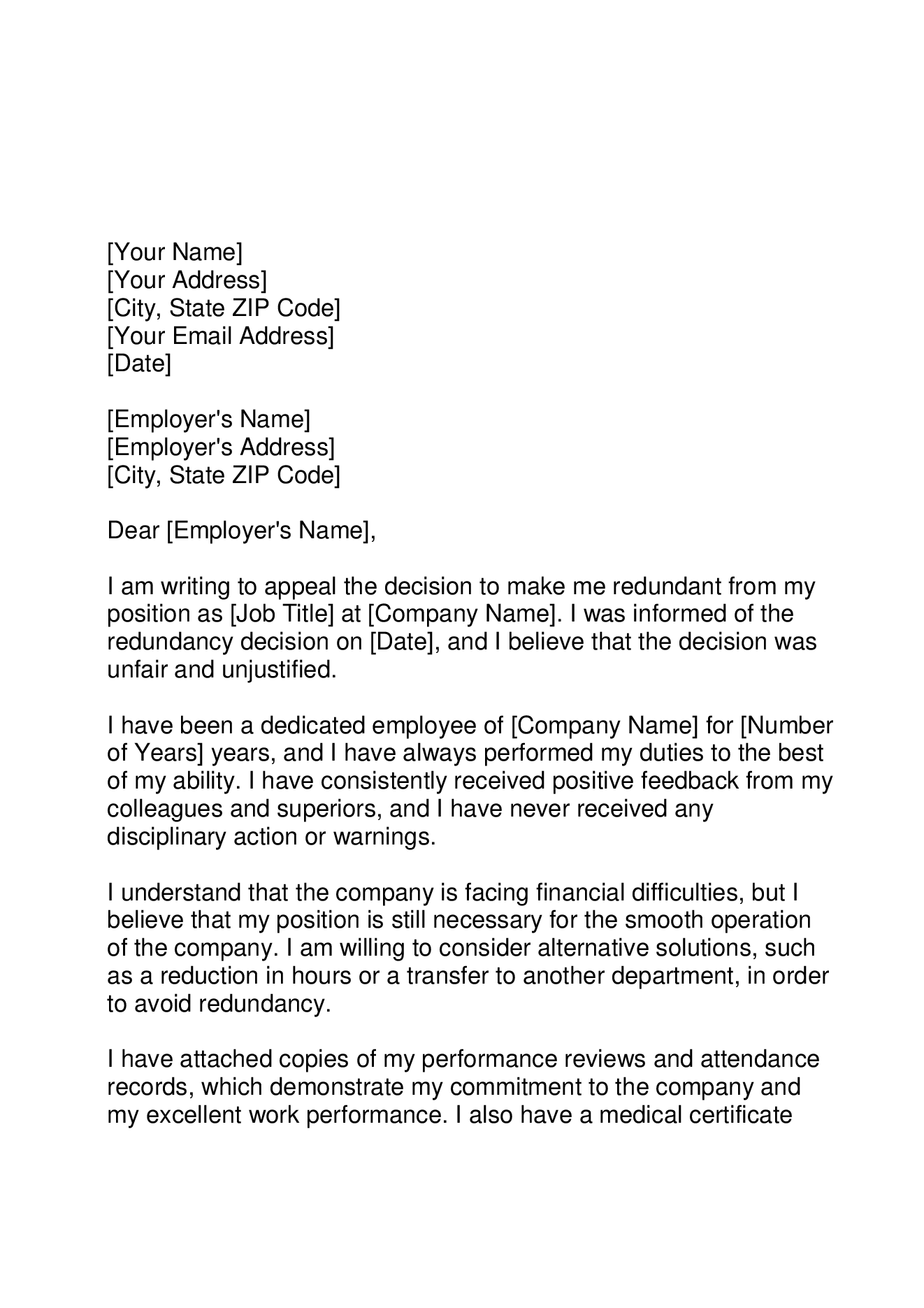Small Business Closing Employee Rights UK: Making Sure Fair Redundancy Pay
Discovering the Operational Characteristics of Business Redundancy and Its Long-Term Sustainability

Redundancy Strategies for Business Connection
In order to ensure nonstop operations, businesses have to execute reliable redundancy approaches for business connection. Redundancy in this context describes the replication of important parts or features within a system to minimize the effect of prospective failings. By incorporating redundancy approaches, companies can enhance their durability versus interruptions brought on by different elements such as all-natural catastrophes, equipment failings, or cyber-attacks.
One usual redundancy method is the execution of backup systems and information storage options. This entails creating duplicates of important information and systems that can be triggered in instance of a main system failing. In addition, organizations can establish redundant communication networks and source of power to keep connectivity and operations during unforeseen occasions.
Moreover, cross-training employees to execute several functions within the business can act as an important redundancy technique. This guarantees that crucial tasks can still be carried out also if key workers are inaccessible due to ailment or various other factors. On the whole, efficient redundancy strategies are essential for services to support operational connection and minimize the impact of possible interruptions.
Impact of Redundancy on Organizational Resilience
Given the critical duty redundancy methods play in ensuring company continuity, discovering the influence of redundancy on organizational resilience becomes essential for comprehending the all natural functional dynamics of a company. Business resilience describes an entity's ability to adjust to disruptions, recover from troubles, and change when needed while preserving core functions. Redundancy, when strategically executed, can significantly add to boosting an organization's strength in the face of unexpected difficulties. By having back-up systems, personnel, or procedures in position, companies can much better stand up to shocks and continue operations with marginal disruption.
In addition, redundancy can reinforce worker spirits and confidence, knowing that there are backup plans in location to resolve unanticipated circumstances. This sense of security can lead to raised efficiency and a much more favorable workplace. Additionally, redundancy can foster technology and creative thinking within a company as workers feel encouraged to take computed threats, understanding that there is a safeguard to sustain them in instance of failing. Generally, the impact of redundancy on business durability is profound, forming the long-lasting sustainability and success of a business.
Stabilizing Effectiveness and Versatility in Redundancy
Attaining a harmonious balance between operational this link effectiveness and adaptive adaptability is a pivotal obstacle in the calculated implementation of redundancy within organizations. Reliable operations are crucial for keeping efficiency and cost-effectiveness, ensuring that resources are made use of ideally. Nevertheless, too much focus on effectiveness alone can result in rigidness, making it challenging for organizations to adapt to unanticipated modifications or obstacles. On the various other hand, flexibility enables organizations to react nimbly to evolving conditions, fostering development and strength. Yet, excessive versatility without a solid operational foundation can lead to ineffectiveness and inconsistency.
To balance efficiency and adaptability in redundancy planning, organizations need to thoroughly examine their functional needs, market characteristics, and calculated goals. Inevitably, locating the best stability in between performance and flexibility is important for developing a sustainable and durable company in the face of unpredictability.
Long-Term Sustainability Through Redundancy Preparation
To make sure enduring viability and security, companies need to purposefully align their redundancy planning with long-term sustainability goals, thereby harmonizing operational efficiency with adaptive versatility. Long-lasting sustainability via redundancy preparation entails more than just short-term cost-cutting steps. It requires a thorough critical method that anticipates future obstacles and possibilities. Companies ought to see redundancy not as a responsive remedy to instant troubles but as an aggressive strategy for lasting success. By incorporating redundancy planning with sustainability goals, companies can produce a resistant structure that can stand up to different market changes and inner adjustments.

Aggressive Steps for Lasting Firm Operations
Exactly how can firms proactively boost their functional sustainability for lasting success? Applying positive actions is crucial for firms intending to make certain lasting operations.
Moreover, promoting a culture of continuous improvement and learning within the company can boost flexibility to altering market conditions and customer needs. Motivating staff member involvement in decision-making processes and giving chances for specialist advancement can increase spirits, efficiency, and general performance. Establishing clear goals, checking key performance indications, and routinely examining development are important components of aggressive sustainability administration.
Collaborating with distributors, consumers, and various other stakeholders to promote lasting methods throughout the supply chain can create a causal sequence of favorable impact - redundancy pay if company goes bust. By taking aggressive steps in the direction of functional sustainability, business can build durability, drive development, and safeguard their long-term success in an ever-evolving organization landscape
Final Thought

In the world of organizational monitoring, the critical deployment of company redundancy stands as a crucial yet complex practice that demands a fragile balance between functional efficiency and lasting practicality. By exploring the operational characteristics that underpin business redundancy and assessing its more comprehensive ramifications see it here for organizational resilience and flexibility, a nuanced understanding of exactly how redundancy approaches can shape the future trajectory of a firm starts to unfold.Offered the vital role redundancy methods play in guaranteeing organization continuity, discovering the impact of redundancy on business resilience ends up being imperative for comprehending the holistic operational characteristics of a firm. In general, the impact of redundancy on business durability is profound, shaping the lasting sustainability and success of a business.
In verdict, understanding the operational dynamics of firm redundancy is essential for making certain long-term sustainability.